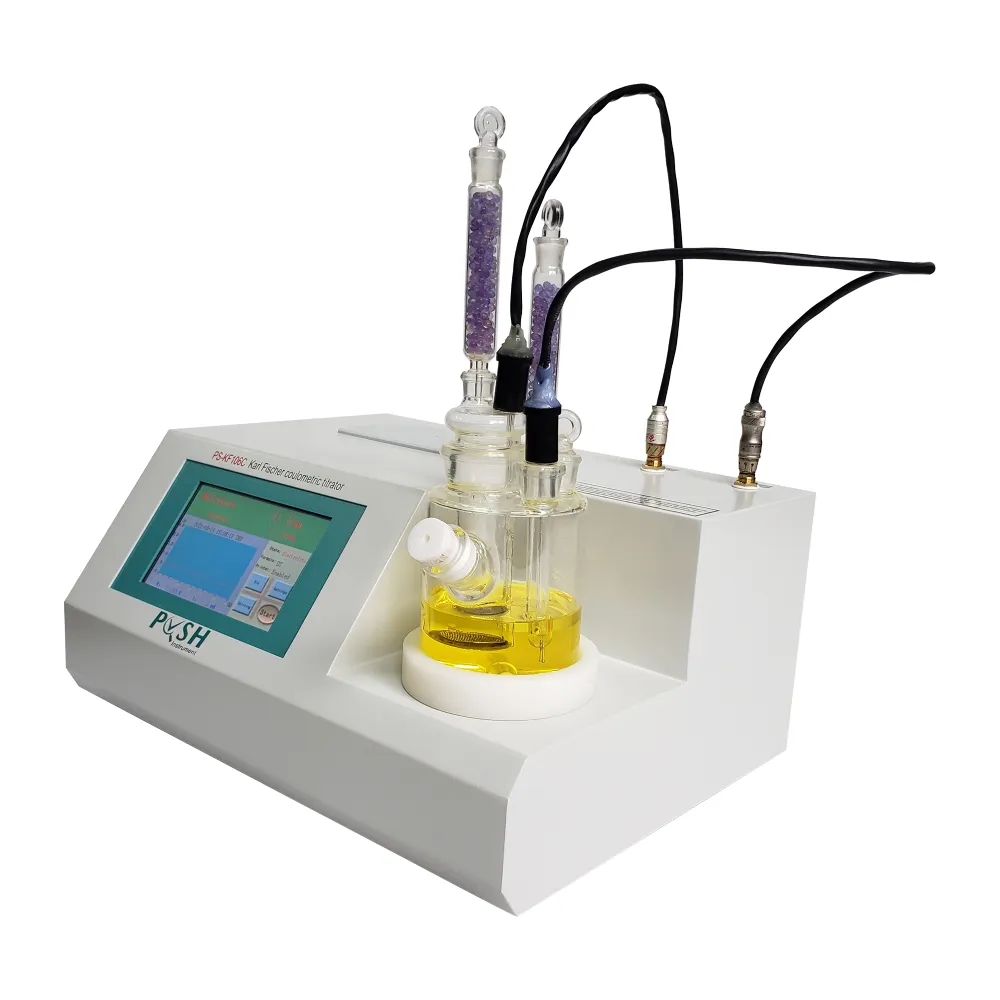 English
English


Analysis of Compounds Using Gas Chromatography and Mass Spectrometry Techniques
Gas Chromatography-Mass Spectrometry Analysis An Overview and Its Applications
Gas Chromatography-Mass Spectrometry (GC-MS) is a powerful analytical technique that combines the properties of gas chromatography and mass spectrometry to identify and quantify chemical compounds in a sample. This technology is widely used across various fields including environmental science, forensic science, pharmaceuticals, and food safety due to its high sensitivity, specificity, and ability to analyze complex mixtures.
Understanding the Technique
GC-MS involves two primary processes gas chromatography (GC) and mass spectrometry (MS). In the first step, gas chromatography separates the volatile components of a sample based on their interactions with a stationary phase (a solid or liquid coating on a column) and a mobile phase (an inert gas). When a sample is vaporized and introduced into the GC, it travels through the column where different compounds elute at different rates.
Following separation, the eluted compounds are then directed into the mass spectrometer. In the mass spectrometry step, the compounds are ionized, typically through electron impact or chemical ionization, and subsequently fragmented into charged particles. The mass spectrometer measures the mass-to-charge ratio (m/z) of these ions, generating a mass spectrum that serves as a unique identifier for each compound.
Advantages of GC-MS
One of the primary advantages of GC-MS is its ability to provide both qualitative and quantitative information about compounds in a sample. The mass spectra generated during the analysis can be compared against a database of known compounds, facilitating identification. Moreover, GC-MS is capable of detecting compounds at extremely low concentrations, often in the parts-per-billion (ppb) range, making it invaluable for trace analysis in various applications.
Another significant advantage is the technique’s versatility. GC-MS can analyze a wide range of compounds, including hydrocarbons, alcohols, esters, and other volatile organic compounds. Its high resolution and specificity mean that even mixtures containing highly similar compounds can be accurately analyzed.
Applications of GC-MS
gas chromatography mass spectrometry analysis

1. Environmental Analysis GC-MS is extensively used in environmental monitoring to detect pollutants in air, water, and soil. It can identify and quantify pesticides, heavy metals, and other harmful substances, thus providing critical data for environmental health assessments.
2. Forensic Science In forensic science, GC-MS plays a crucial role in toxicology screening, helping to identify drugs and metabolites in biological samples such as urine or blood. This capability is vital in crime investigations and legal cases involving substance abuse.
3. Pharmaceuticals The pharmaceutical industry relies on GC-MS for the analysis of drug formulations and metabolites. The technique is essential in ensuring the purity and quality of pharmaceuticals by detecting any impurities or degradation products that may affect efficacy.
4. Food and Beverage Testing In the food industry, GC-MS is used to analyze flavors, fragrances, and potential contaminants in food products. This analysis is critical for maintaining food safety and ensuring compliance with regulatory standards.
Challenges and Future Directions
While GC-MS is a robust analytical tool, it does have limitations. For instance, it is primarily suited for volatile and semi-volatile compounds, so non-volatile substances might require derivatization before analysis. Additionally, the complexity of the mass spectra can sometimes make interpretation challenging, requiring skilled analysts with experience in mass spectral interpretation.
Looking to the future, advancements in technology may further enhance the capabilities of GC-MS. Improvements in sensitivity, speed, and data analysis through artificial intelligence and machine learning hold great promise for this field. Moreover, efforts to miniaturize the technology could lead to portable GC-MS devices, making real-time analysis possible in various settings, including fieldwork and point-of-care diagnostics.
Conclusion
Gas Chromatography-Mass Spectrometry is an indispensable analytical tool that has significantly advanced our ability to detect and quantify chemical compounds across diverse fields. Its high sensitivity, specificity, and versatility make it critical for environmental monitoring, forensic investigations, pharmaceutical analysis, and food safety testing. As technology continues to evolve, the future of GC-MS is poised for exciting developments that will further enhance its applications and capabilities.
-
Differences between open cup flash point tester and closed cup flash point testerNewsOct.31,2024
-
The Reliable Load Tap ChangerNewsOct.23,2024
-
The Essential Guide to Hipot TestersNewsOct.23,2024
-
The Digital Insulation TesterNewsOct.23,2024
-
The Best Earth Loop Impedance Tester for SaleNewsOct.23,2024
-
Tan Delta Tester--The Essential Tool for Electrical Insulation TestingNewsOct.23,2024





